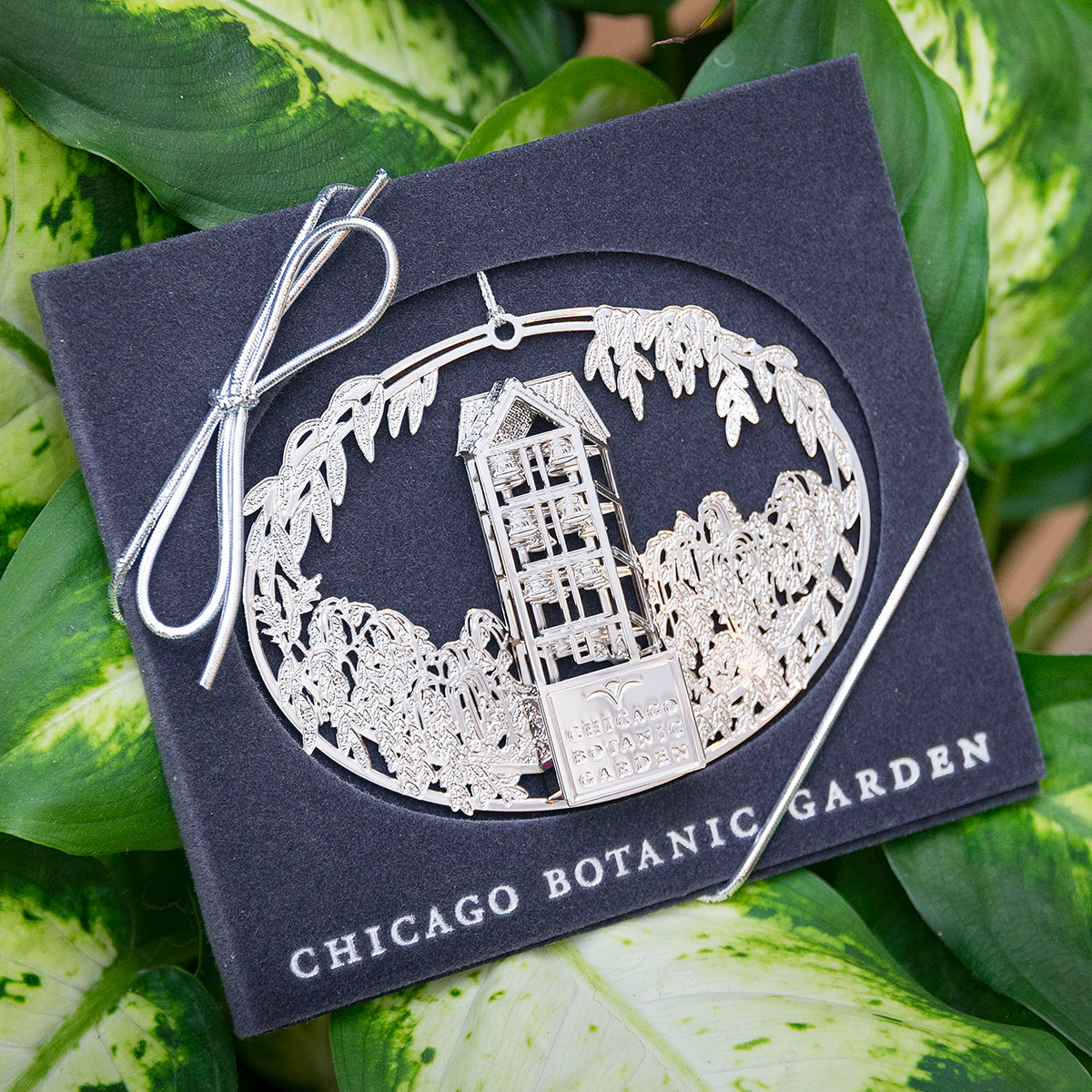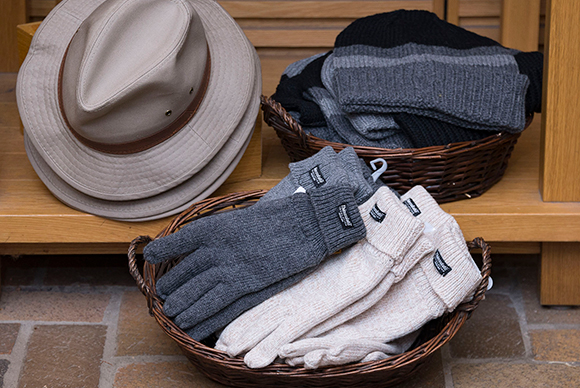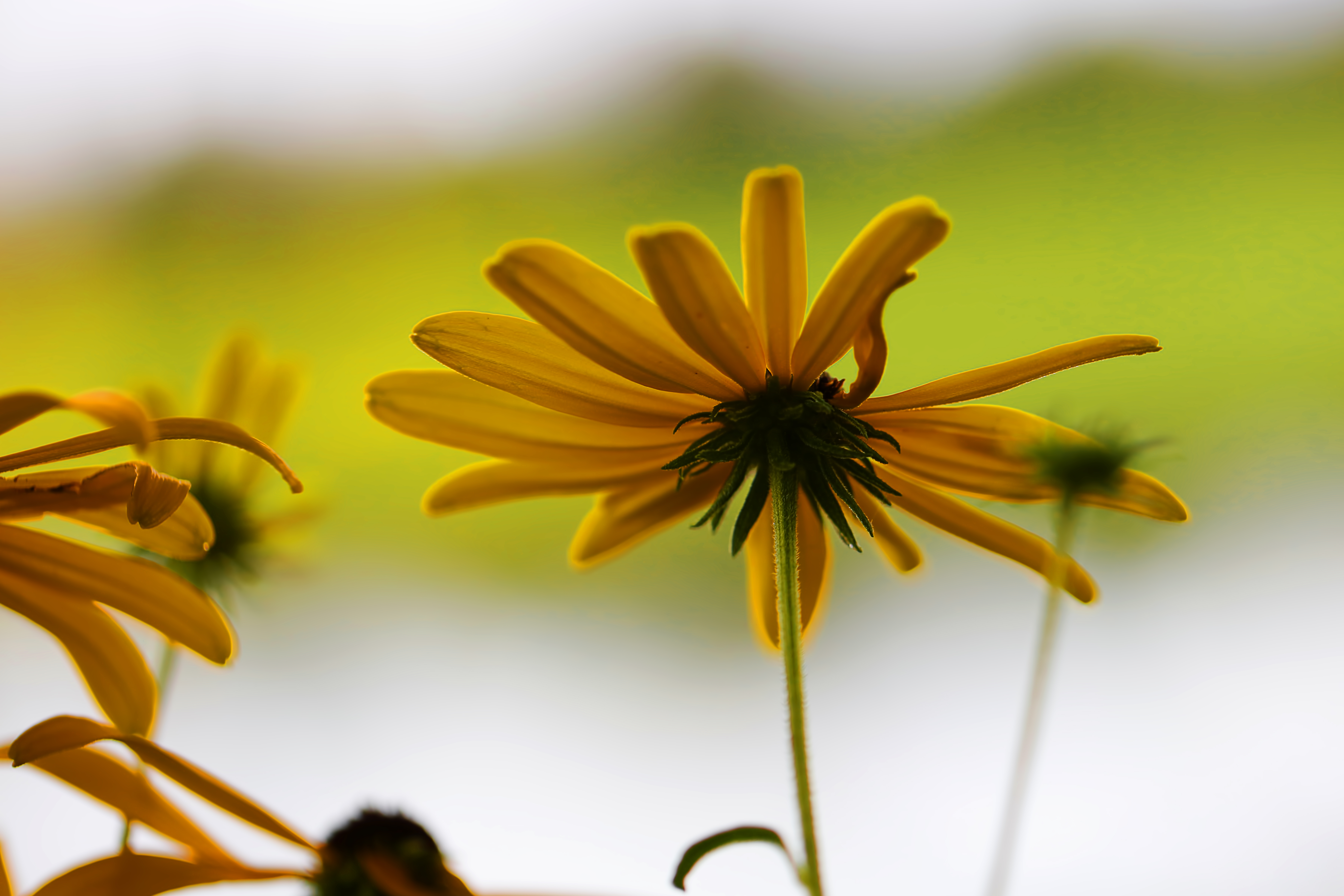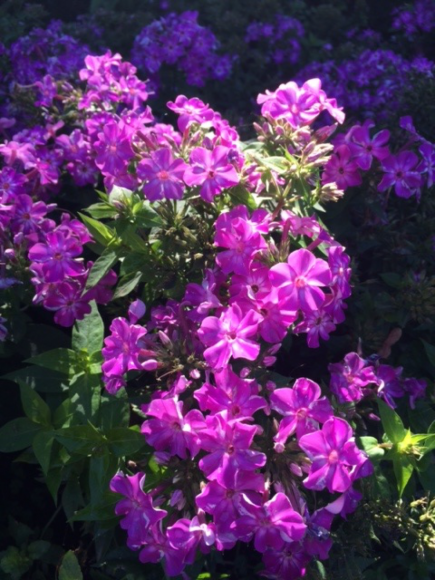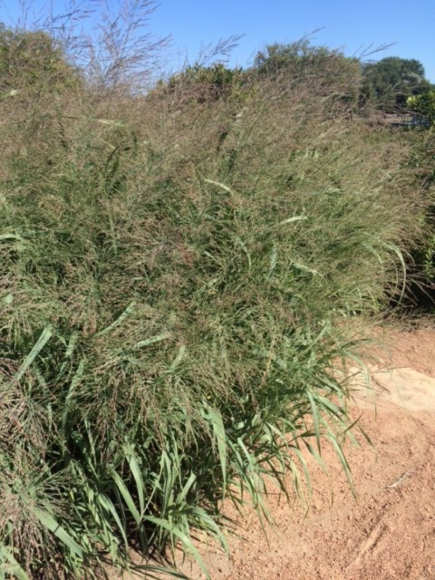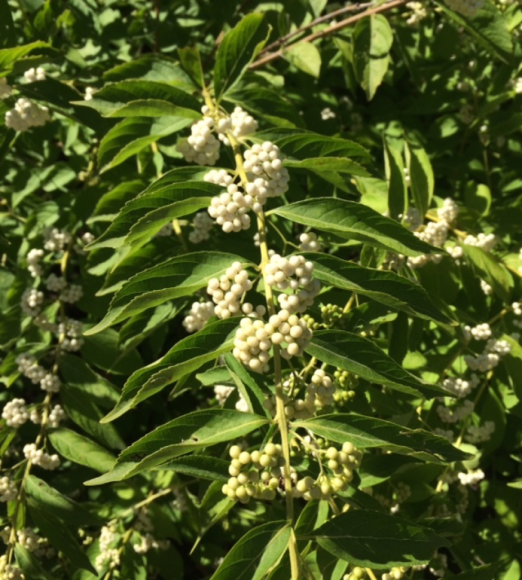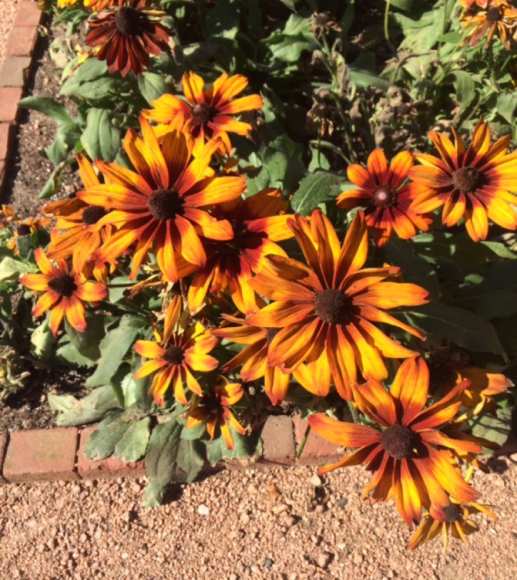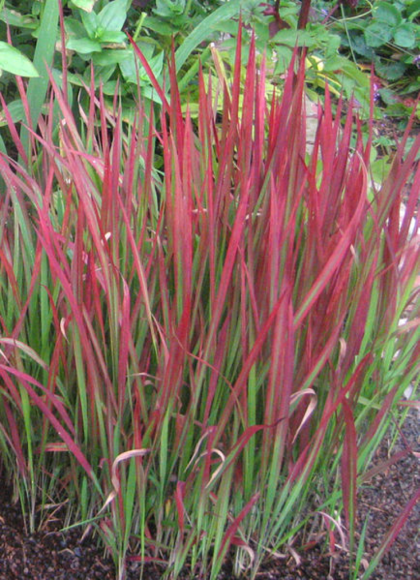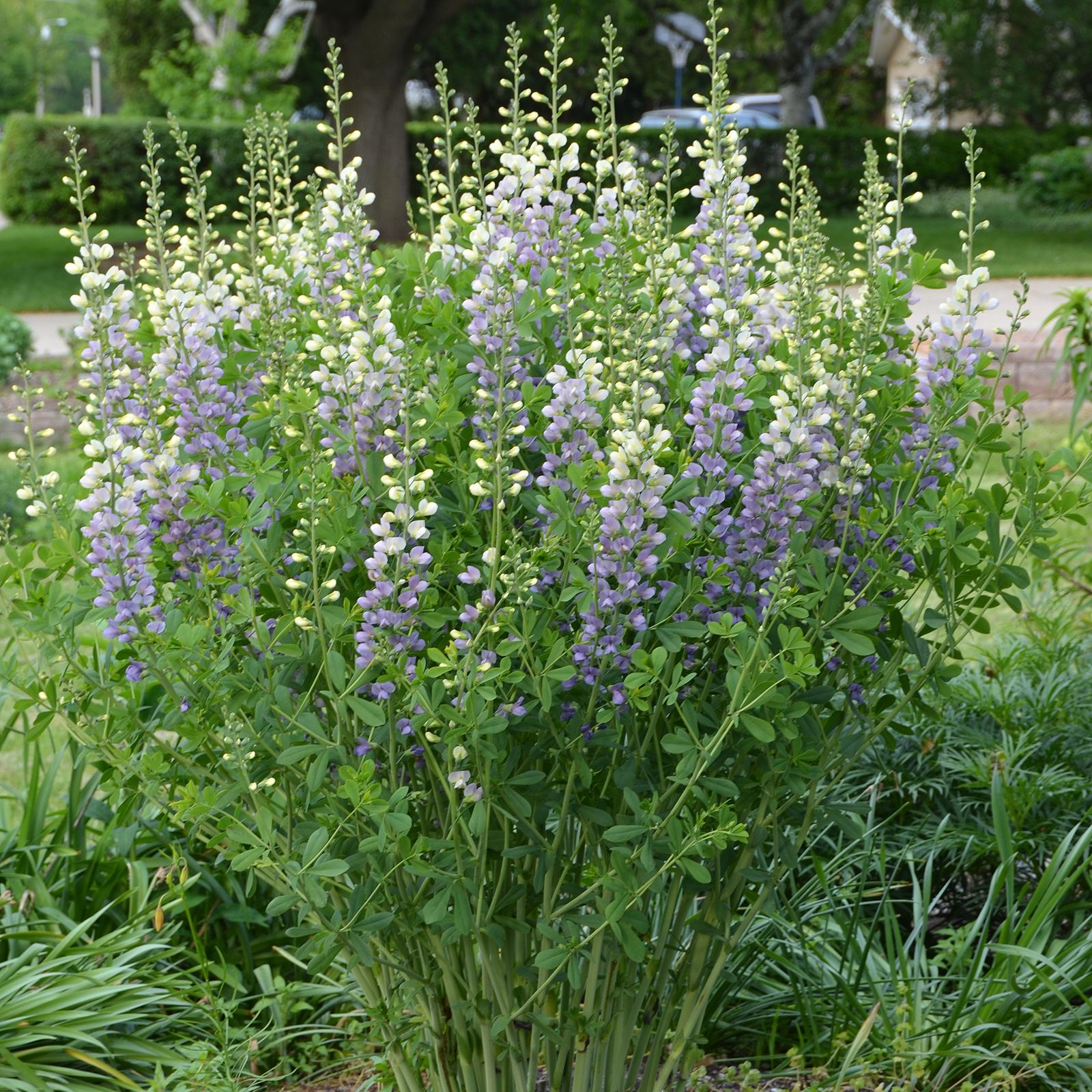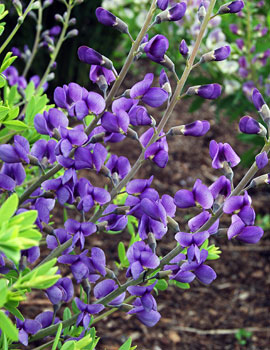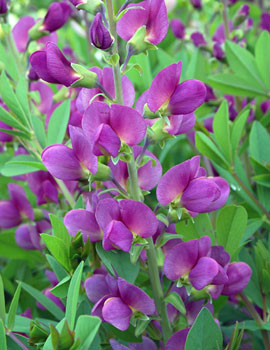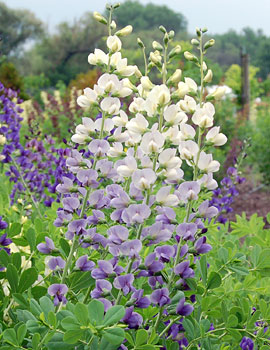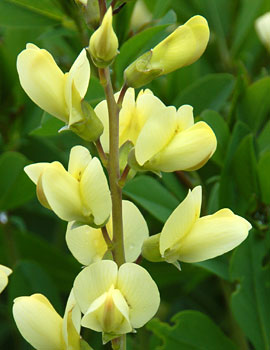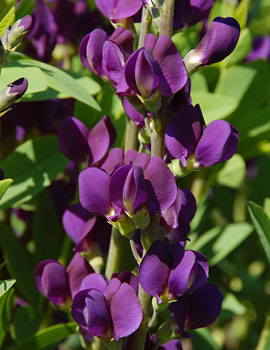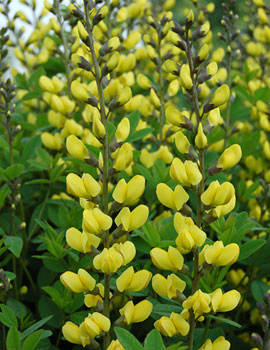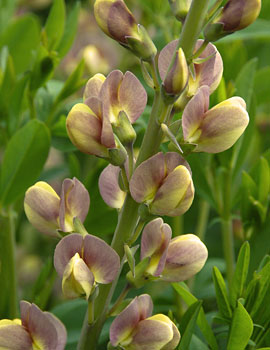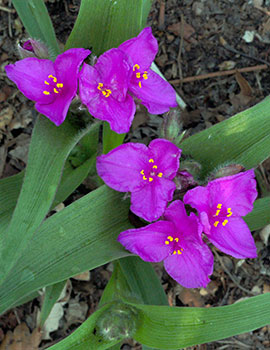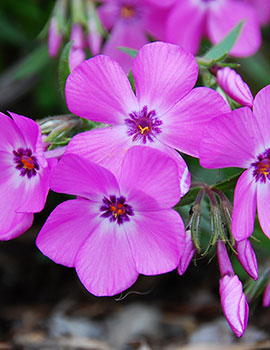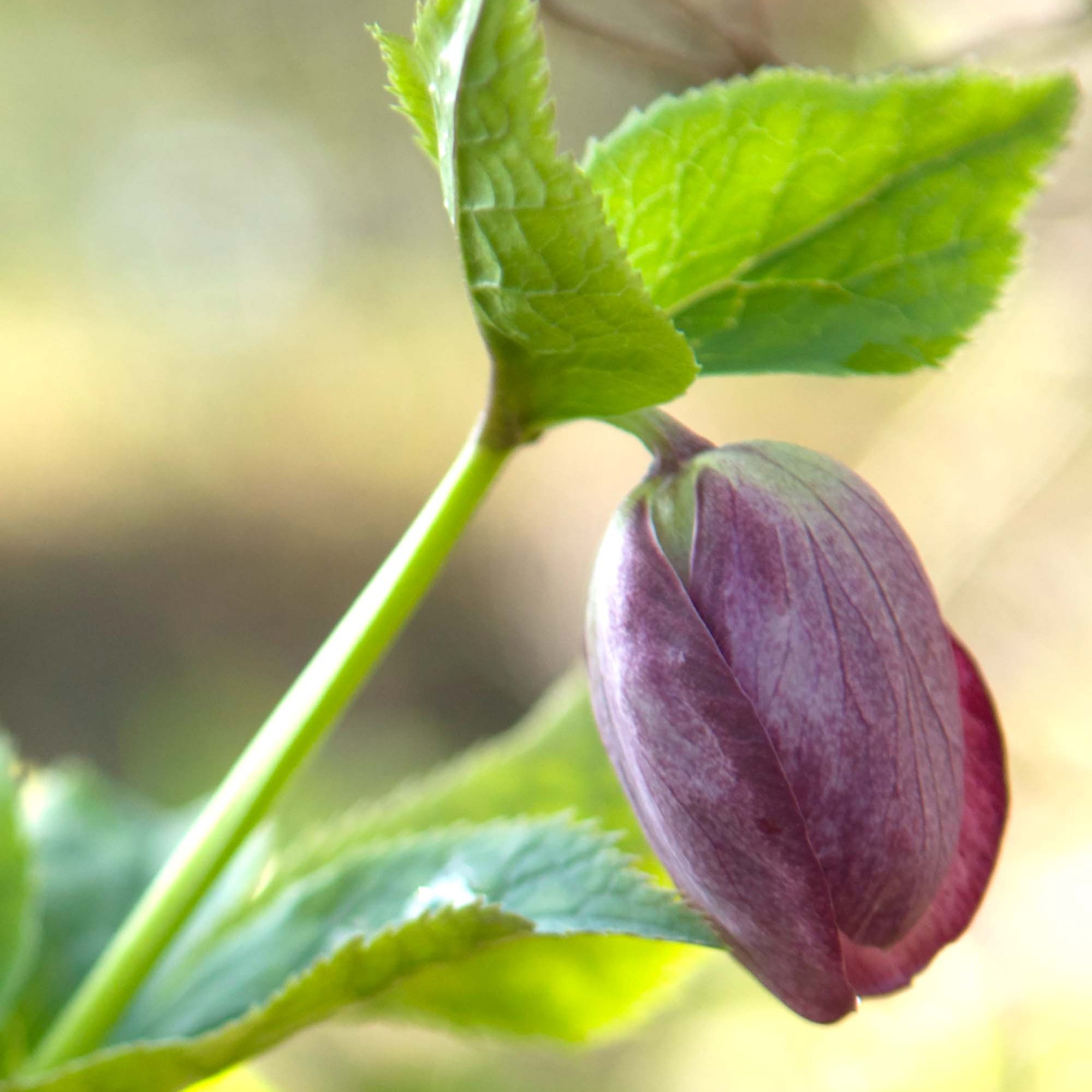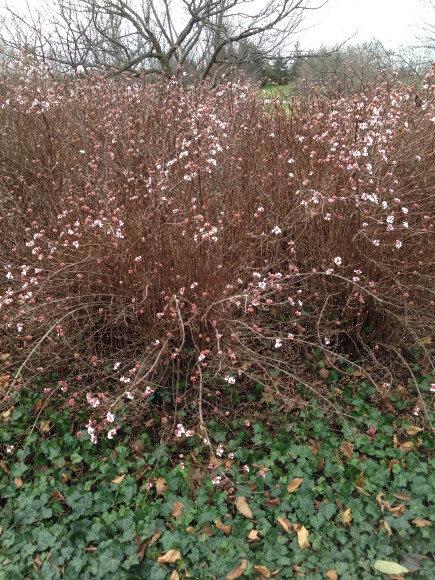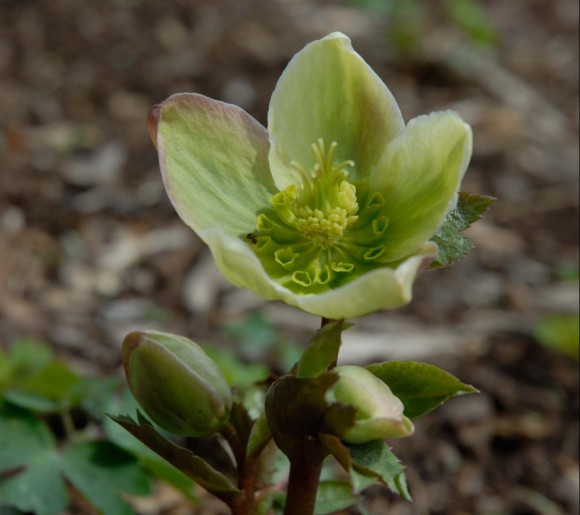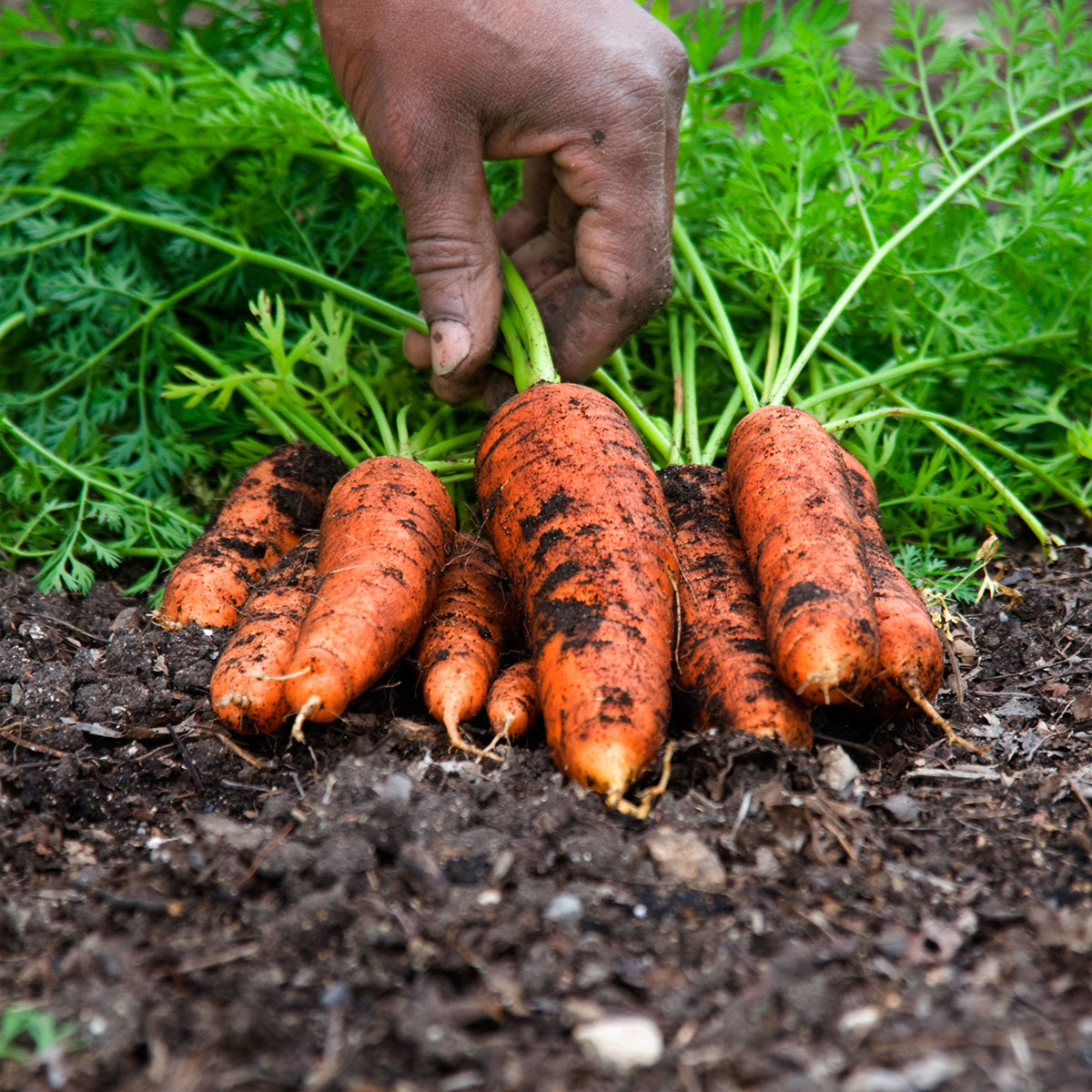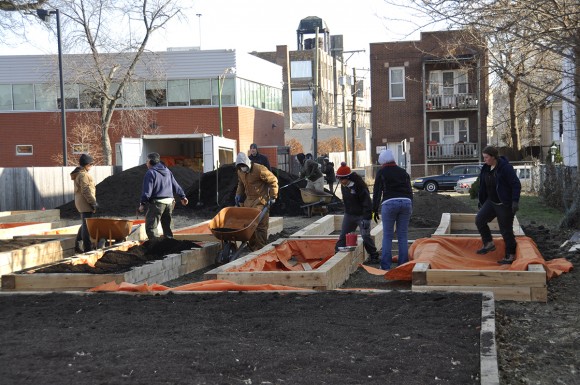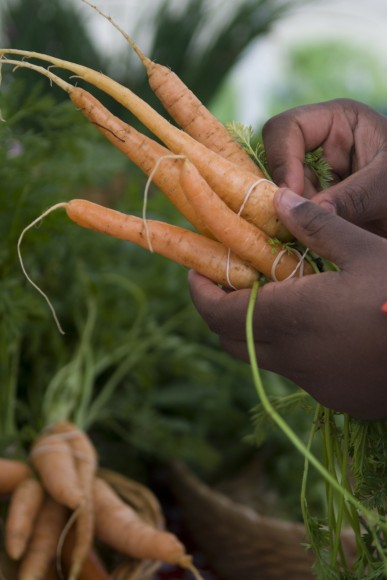Now that the holidays are bearing down, we’ve put together some gift ideas for the nature lovers and others on your list, including the blooms-loving home mixologist (three words: cherry blossom elixir).
Bring your shopping list (or personal wish list; we won’t tell) to the cozy Chicago Botanic Garden Shop, where our offerings include handmade, inspired-by-nature gifts that you won’t find anywhere else in the area. Proceeds from your purchase help support the Garden’s mission.
Get your holiday shopping done early and then treat yourself to a walk at the Garden. Parking fees apply; members park for free (and get a 10 percent discount at the Garden Shop). Or shop online anytime.
For the home mixologist
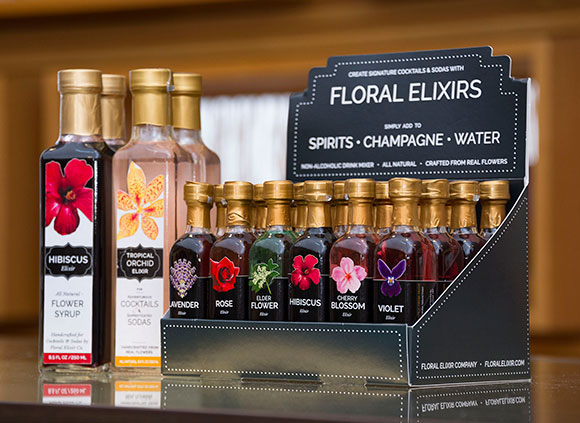
These floral elixirs will transform champagne, spirits, and soda water into celebratory holiday cocktails and mocktails. Besides the cherry blossom elixir, other flavors include hibiscus and violet. Each elixir is all natural and handcrafted from real flowers.
Set of five 2-ounce bottles: $34.99
One 2-ounce bottle $9.99
One 8.5-ounce bottle: $19.99
For the holiday ornament collector

The new Chicago Botanic Garden holiday ornament features the 48-bell Theodore C. Butz Memorial Carillon, a lovely reminder of bells on a summer evening. This ornament, which has a silver palladium finish, also highlights the Garden’s elegant willow trees.
For the host and hostess
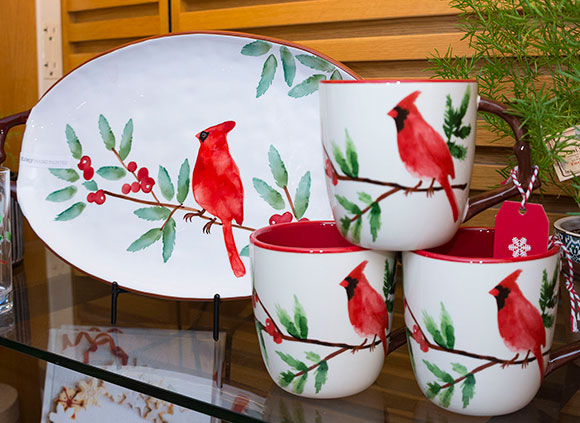
This hand-painted collection from Tag is perfect for the host or hostess who appreciates the splash of color that a cardinal brings on a winter’s day. The Cardinal Collection includes mugs, a dessert dish, and platter, and is dishwasher and microwave safe.
Cardinal mugs: $14.99
Greenery dessert dish (not shown): $16.99
Cardinal platter: $39.99
For the art and nature lover
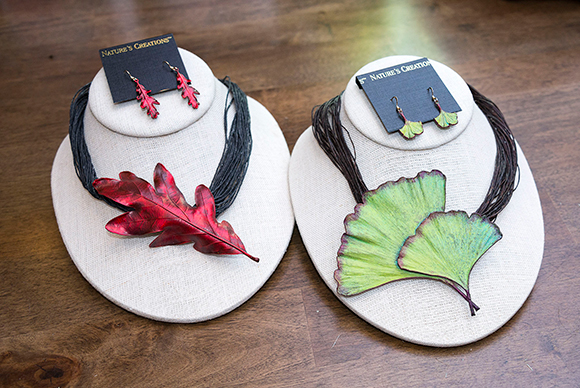
Nature lovers can celebrate the ephemeral grace of a gingko leaf and other reminders of the natural world with this handcrafted jewelry. Nature’s Creations uses natural items or impressions from nature to make each piece, which is finished with bronze and other patinas.
$39.99 and up
Single gingko leaf necklace: $119.99
For the person with fun ears
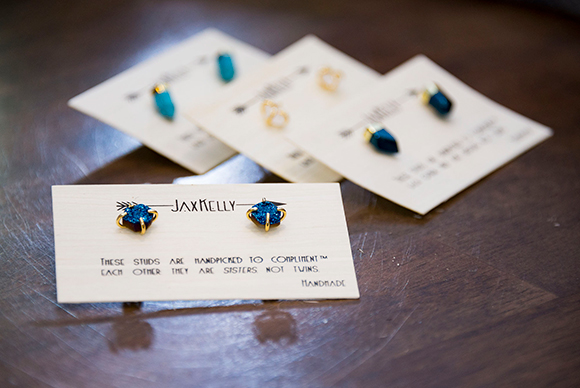
Each handmade stud in this gemstone earrings set is handpicked, so no two are alike. Instead, the JaxKelly studs complement each other as sisters, not twins—metaphor, anyone? The earrings are gold vermeil over sterling silver.
$29.99 per set
JaxKelly quartz earrings: $29.99
For the photographer
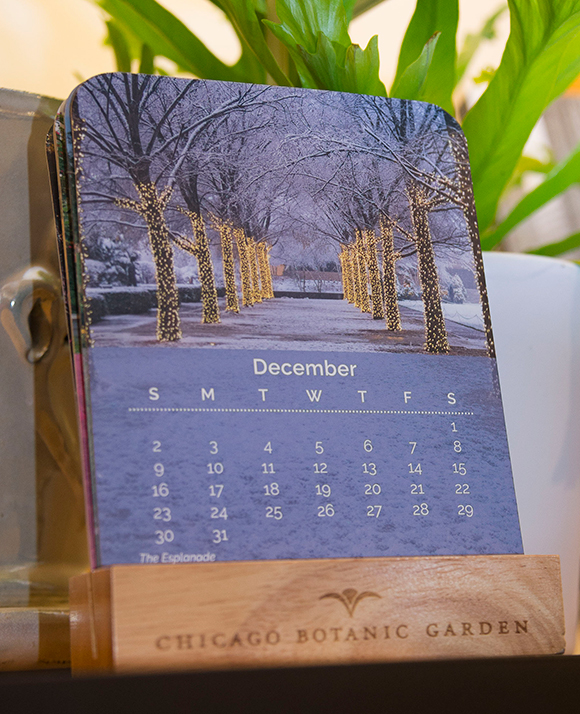
Photography fans and garden lovers will be reminded of the beauty of the seasons with the Chicago Botanic Garden’s 2018 desktop calendar. Featured scenes include the vibrant colors of spring-blooming tulips and the elegance of the Malott Japanese Garden.
For the train fan
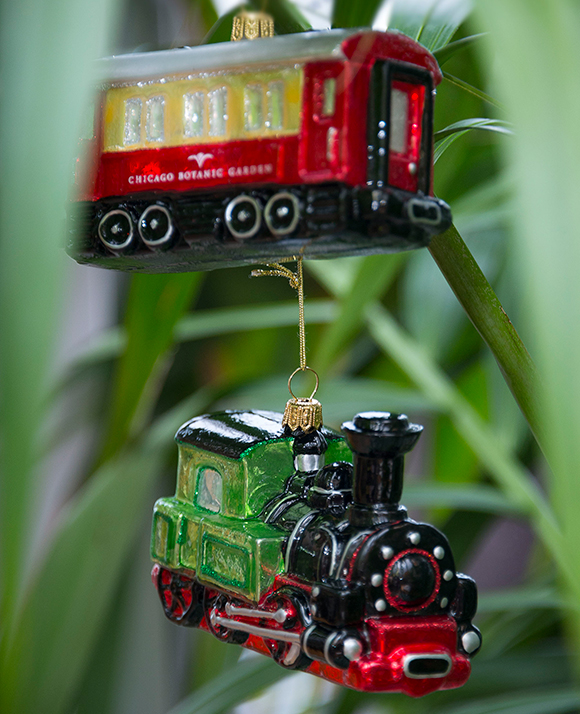
Who doesn’t love a vintage train? We do at the Garden, where we celebrate the holidays with the annual Wonderland Express train exhibition. This two-piece train ornament is crafted and hand painted in Poland.
For the reader
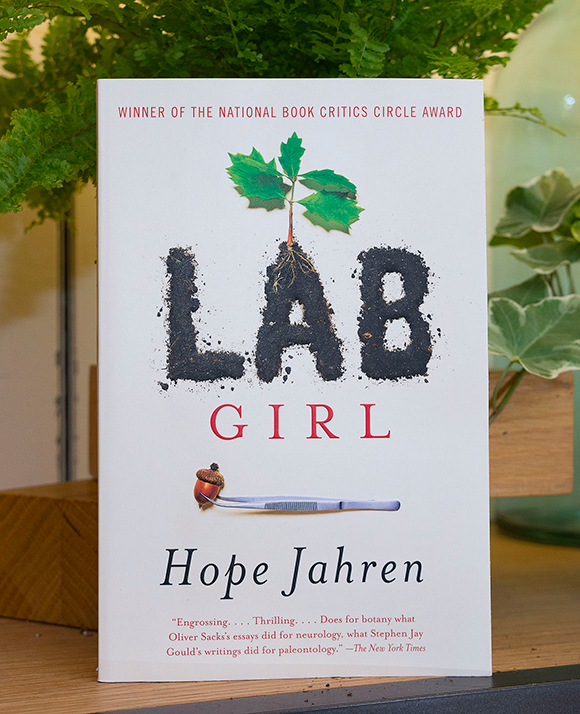
Anyone who is interested in the natural world and how we study it will enjoy Lab Girl, the memoir by Fulbright Award-winning geobiologist Hope Jahren. Looking for a boost to your cocktail party chitchat? Enjoy tidbits about the plants that led to the creation of the world’s great drinks in the New York Times bestseller The Drunken Botanist.
Prices vary. Browse books available online.
For the home cook
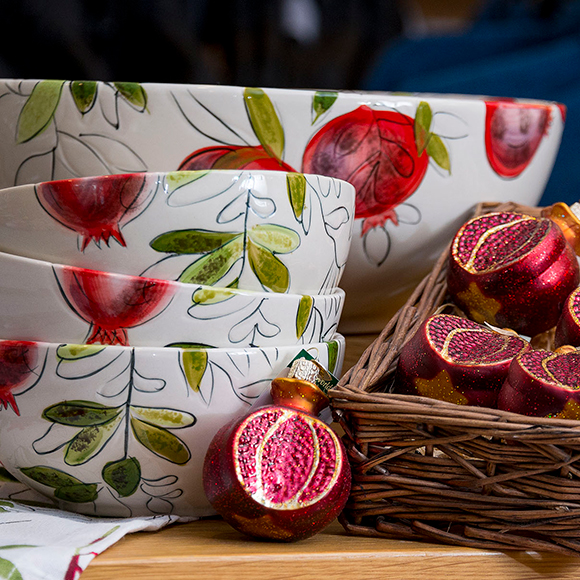
The bright pomegranates on this sturdy servingware will lend a festive flair to any gathering. The collection by Tag includes individual bowls and a serving bowl; all are dishwasher and microwave safe.
Small pomegranate bowl: $9.99
Pomegranate serving bowl: $69.99
For the homeowner
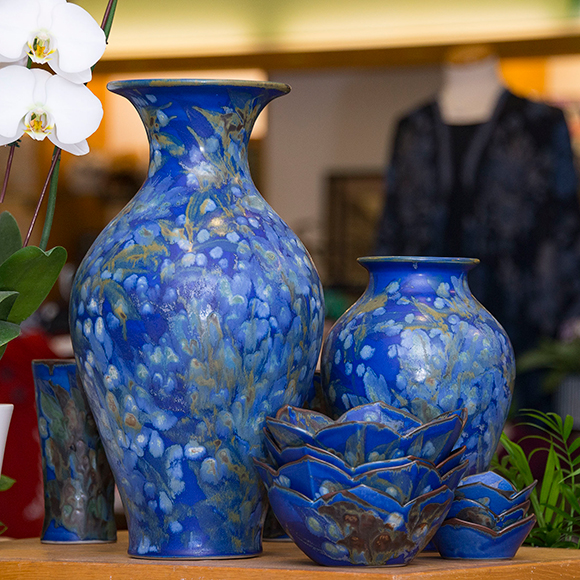
Davin and Susan Butterfield are the artists behind this unique, small-studio editions of fine handmade pottery in stoneware. The collection features tableware and pottery, with nature-inspired patterns. Butterfield pottery is food safe, and microwave and dishwasher safe.
Blue floral mug: $39.99
Blue floral basket: $149.99
Blue floral large vase: $199.99
For someone special
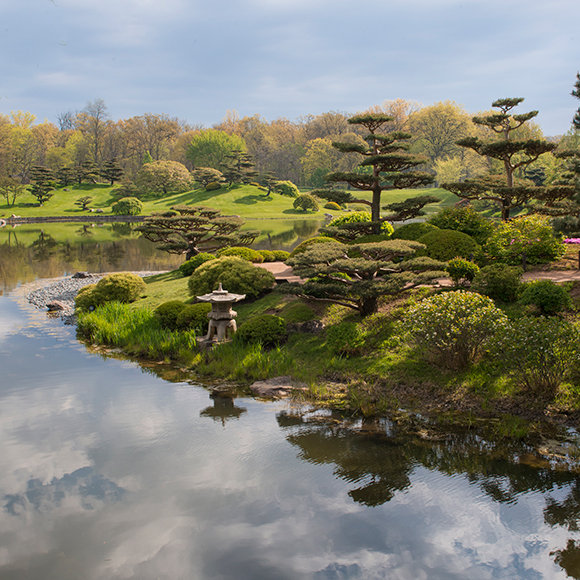
Inspire and delight your loved ones with year-round access to the Chicago Botanic Garden. Membership includes free parking 365 days of the year, and special discounts on classes and events, the Garden Shop’s merchandise, and more. Your gift membership is fully tax-deductible and directly supports the Garden’s mission.
©2017 Chicago Botanic Garden and my.chicagobotanic.org

